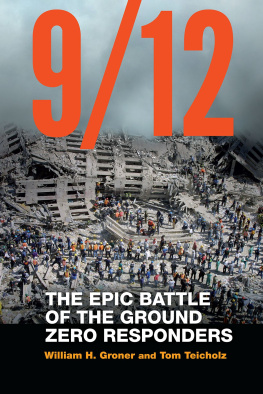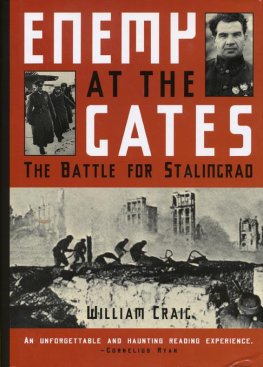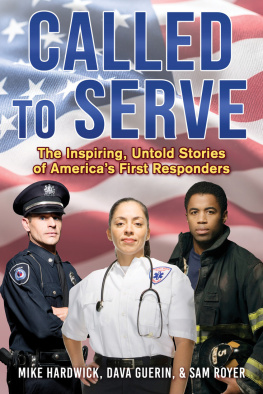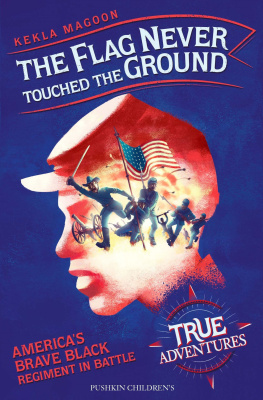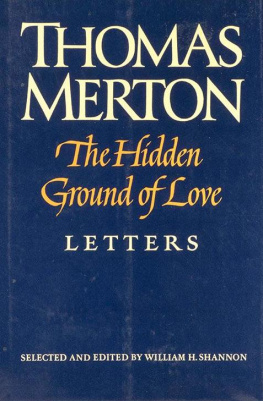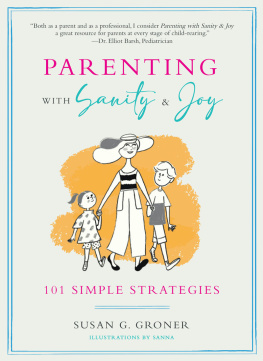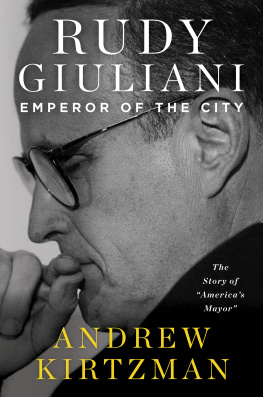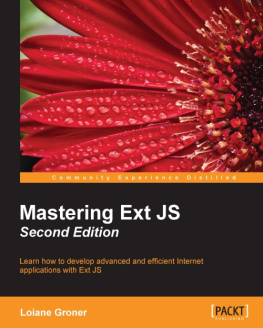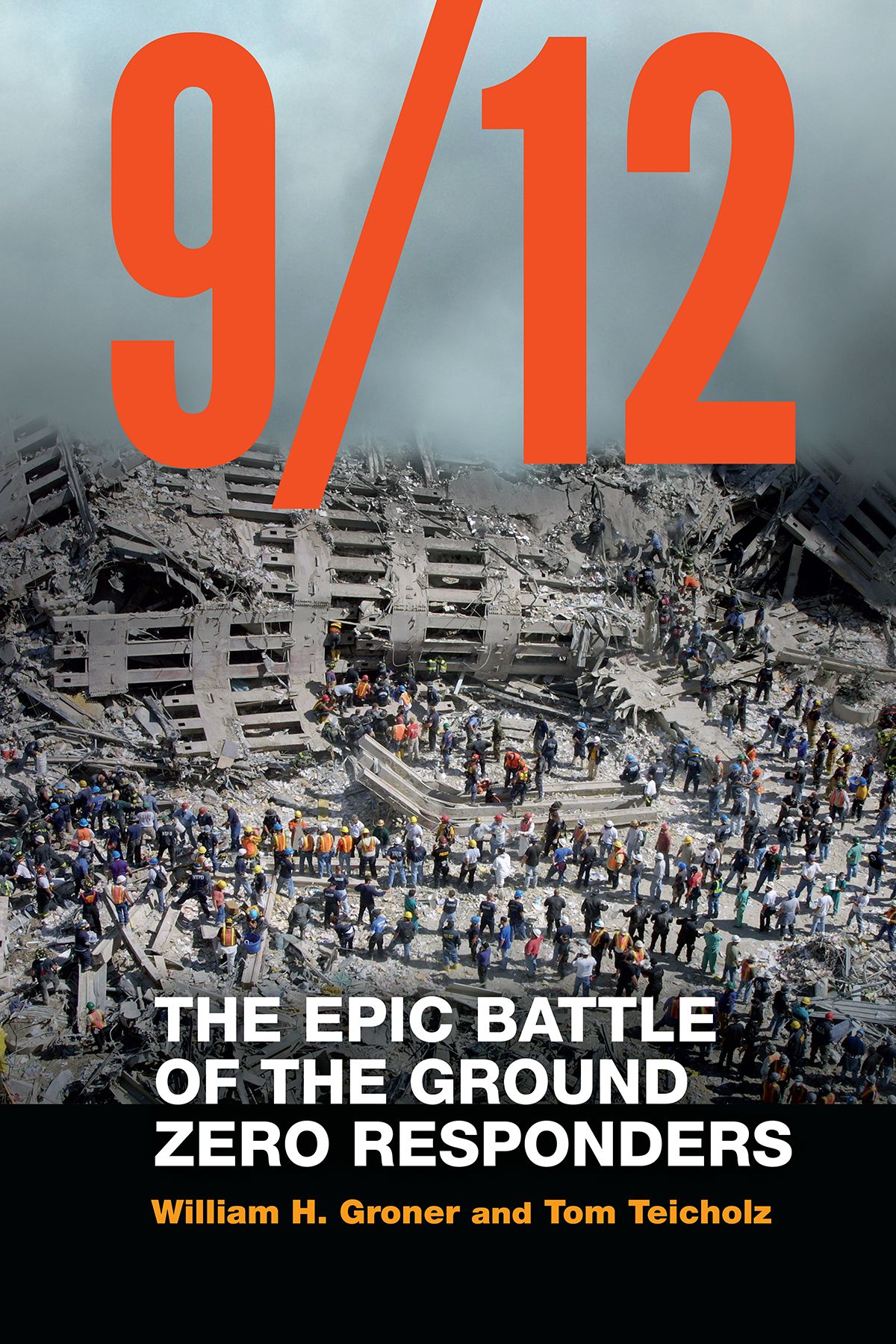
Many citizens believe the tragedy of 9/11 ended with the attacks themselves. But the two coauthors tell the full storyof the courage and determination of first responders and their numerous allies over the next decade. This is required reading for all Americans interested in the aftermath and legacy of 9/11.
Kenneth R. Feinberg, special master of the federal 9/11 Victim Compensation Fund of 2001
9/11 was a tragedy on many levels, but there is something uniquely heartbreaking about the loss of the many first responders who became sick and perished as a result of the environmental catastrophe at Ground Zero. 9/12 expertly tells their harrowing tale.
Erin Brockovich, consumer advocate and environmental activist
9/12
The Epic Battle of the Ground Zero Responders
William H. Groner and Tom Teicholz
Potomac Books | An imprint of the University of Nebraska Press
2019 by William H. Groner and Tom Teicholz.
Potomac Books is an imprint of the University of Nebraska Press.
Cover designed by University of Nebraska Press; cover image Mario Tama/Getty Images.
Author photos courtesy of the authors.
All rights reserved.
Library of Congress Control Number: 2019933374
The publisher does not have any control over and does not assume any responsibility for author or third-party websites or their content.
For Sue
To the many thousands who served tirelessly, selflessly, and at great personal cost in the aftermath of 9/11
Contents
As one of the attorneys who represented the Ground Zero responders, I had a unique perspective on this story, from our first client in 2003 to the negotiations that led, more than eight years later, to a settlement for more than ten thousand responders. More than once, I said to my colleagues and my family that the story of what the responders endured needed to be told, and that what we were witnessing in the World Trade Center litigation, in all its dimensions, was a unique historical undertaking.
Telling this story was a great responsibility and a great challenge to do justice to what occurred. Tom Teicholz and I quickly realized the impossibility of telling every responders story. So here the few must represent the many.
There were also hundreds of attorneys, paralegals, associates, assistants, clerks, doctors, nurses, legal experts, medical experts, scientific experts, consultants of all stripes, government officials and their staffs, and journalists who were involved in ways large and small in the events chronicled herein, only a few of whom appear in these pages. We are sorry we can neither include nor mention all of them but are grateful nonetheless for their every contribution. This was more than a legal story; it was also a medical story, a science story, a political story, and a story for which the press reporting on all this played a critical role.
As the story expanded to include these various narratives, my own role became one of many, and so when I appear in this narrative, I do so in the third person. It is my sincere hope that doing so freed me and Tom to tell this complex story more completely.
Bill Groner
There are many very talented and dedicated people to thank for 9/12, a book whose important subject matter led to generous and extensive cooperation from our interview subjects and that has proven to be a magnet for exceptional literary and publishing professionals.
Philip Turner, editorial consultant extraordinaire, who was the projects first champion, helped with its conception. Dan Strone of Trident Media Group, our superagent, became devoted to this project before a proposal was even completed and has been an indefatigable advocate of the books importance above and beyond the call of duty. A shared cab ride with Laura Yorke turned into an invaluable editorial and publishing resource. We also want to thank Elsye Endick and Lucy Gubernick for research, Ellen Shapiro for fact-checking, and Jason Spira-Bauer for photo research. Tom Swanson of Potomac Books was a more supportive editor than any writer could hope for. We also thank Potomac Books editorial, marketing, and publicity departments for their enthusiasm in promoting our work.
No man is an island. We thank our wives, Sue Groner and Amy Rappeport, and our children, Victoria and Hudson Groner and Natasha Teicholz, for their support, indulgence, and understanding regarding the time away from family that such an undertaking requires. We could not have done it without them.
Finally, wed like to thank all the first responders we interviewed, all those who appear in the book and the many more who dont. Their sense of duty, their courage and perseverance, and their hard work under difficult and hazardous conditions, at great personal risk, in the face of the most horrific occurrence in our times, was instrumental in New Yorks recovery in the days and months following the attacks on the World Trade Center.
As the Godzilla-like cloud engulfed all in its path, what had been a bright sunny day went totally black, covering everything and everyone in thick layers of dust and debris, covering cars, buses, and emergency vehicles.
That morning, September 11, 2001, thousands were staring at the Twin Towers of the World Trade Center. They had been transfixed since the moment when, at 8:46 a.m., a Boeing 767 passenger plane flew into the north side of One World Trade Center (the North Tower). Millions more would watch on TV as another 767 crashed into the South Tower (Two World Trade Center) at 9:03 a.m. Fifty-six minutes after that second unimaginable disaster, they heard a rumbling and watched as an immense bulbous gray cloud swaddled the top floors of the South Tower before bringing down the entire 110-story building. Less than ninety minutes later, the North Tower too collapsed in on itself, pancaking, one floor crushing the one beneath it, as another enormous cloud grew, enveloping the Tower as it disintegrated, spewing dust and debris through most of Lower Manhattan.
The giant cloud, which can be viewed to this day in dozens upon dozens of YouTube videos, spontaneously expanded in height and girth, producing new clouds as big as buildings. The dust shoved its way down streets and between buildings in Lower Manhattan, gathering speed and volume like a tsunami, pushing debris through glass doors and windows, and sending a plume high into space. People tried to outrun the dust storm, but with little success, while many took cover in doorways or under parked vehicles.
The expanse of this smoldering pyre was so great that astronaut Frank L. Culbertson Jr., was able to photograph it from a window on the International Space Station. The cloud was so large that it seemed to linger in place even as it expanded, and like trying to see in a snowstorm, those engulfed by it could only vaguely make out figures and objects. What mattered, they thought, was getting away from the Towers collapse, the falling steel and concrete and glass. They didnt realize their deadliest attacker was all around them, in the air they breathed.
In 2002 NYPD Detective Candiace Baker, who worked at Internal Affairs, was suffering from a persistent cough. Otherwise she felt fine. She had no other symptoms: no fever or sore throat, no irritated eyes. But Baker kept coughing and coughing. She was trying to treat it with basic over-the-counter cough medicine and by drinking hot tea. A lot of people noticed that she couldnt talk without coughing, but it now seemed normal to her. Since nothing else hurt, it didnt seem important.
Next page
